Can You Microwave Kimchi? There’s a Right and Wrong Way
I love kimchi. It’s a Korean dish made of fermented vegetables and spices that adds a kick to any meal. But what if you have leftovers and want to reheat them quickly? Can you microwave kimchi?
The answer is yes, you can microwave kimchi. However, there are some things to keep in mind to ensure that it’s safe to eat and doesn’t lose its flavor. In this article, I’ll explore the topic of microwaving kimchi and provide a step-by-step guide on how to do it properly. I’ll also discuss the health benefits of kimchi and some serving suggestions for microwaved kimchi.
Key Takeaways
- Microwaving kimchi is safe, but it’s important to follow some precautions to maintain its flavor and nutritional value.
- To microwave kimchi, use a microwave-safe container and cover it with a microwave-safe lid or plastic wrap with a small vent.
- Serve microwaved kimchi as a side dish or add it to soups, stews, or rice dishes for an extra kick of flavor.
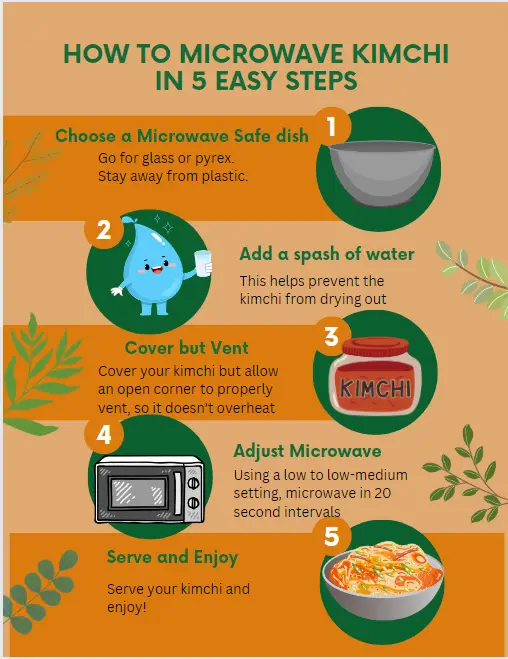
Can You Microwave Kimchi?
Kimchi can be microwaved, but it’s important to heat it at the lowest setting to avoid killing the bacteria or probiotics in it. Kimchi is a fermented dish, and the fermentation process produces healthy bacteria that are good for your gut. These probiotics can help with digestion and boost your immune system. So, if you’re looking for an easy way to add some probiotics to your diet, kimchi is the way to go. And you can still enjoy eating it warm by heating it up in the microwave.
Below we will go over step by step how to microwave kimchi so all vitamins, minerals, and bacteria are retained as much as possible.
What is Kimchi?
Kimchi is a traditional Korean dish made from fermented vegetables. The most common ingredients are cabbage, radish, and scallion, but there are many variations. Kimchi is typically served as a side dish, but can also be eaten as a main course.
The fermentation process gives kimchi a sour and spicy taste. It is usually eaten cold, but can also be heated. Kimchi can be found at most Korean restaurants and is also available in grocery stores.
Health Benefits of Kimchi
The health benefits of kimchi are vast. The bacteria strain found in kimchi, Lactobacillus plantarum, has been shown to have a host of health benefits.
These include:
- reducing inflammation
- boosting the immune system
- aiding in digestion, and
- helping to regulate blood sugar levels.
Kimchi is also high in antioxidants, which help to protect the body against damage from free radicals.
All of these health benefits should be taken into consideration when you are asking yourself, can you microwave kimchi?
Is Kimchi supposed to be eaten hot or cold?
Kimchi is a traditional Korean dish made from fermented vegetables. It has a tangy, pungent acidic taste, a flavor profile very specific to pickled vegetables, that you can only experience when eaten cold. However, kimchi has been added to soups and stews over the years adding a nice contrast. While kimchi can technically be eaten either hot or cold, and there are pros and cons to both.
Flavor
Eating it hot provides a slightly different flavor profile, while eating it cold allows the flavors to meld together more and makes it a bit crunchier. Eating it cold will give you more of a pronounced traditional flavor.
Health Benefits
Kimchi is loaded with healthy gut loving bacteria. Unfortunately, when heated or microwaved improperly, the heat can kill them. In order to retain the most benefits health wise, it’s best to eat kimchi cold. However, as we will discuss below, there is a right way to microwave kimchi so many of the nutrients are still retained.
How to Microwave Kimchi Step by Step
It’s actually perfectly safe to microwave kimchi when done correctly. In fact, microwaving kimchi is a great way to heat it up quickly without losing any of its nutritional value. If you’re looking for a quick and easy way to enjoy kimchi, then microwaving it is the way to go.
Here’s a step-by-step guide to microwaving kimchi!
What you Need:
- Microwave Safe Bowl
- Lid or saran wrap
- A little water
- Portion of Kimchi
- Internal Thermometer
Step One: Place the kimchi in a microwave-safe dish. Only use the amount you want to eat at that time. It isn’t a great idea to reheat kimchi multiple times, as this will further decrease the nutritional value.
Step Two: Add a little water to the dish, just enough to moisten the kimchi.
Step Three: Cover the dish with a lid or plastic wrap and microwave on the lowest setting and heat it in 15 to 20 second intervals. After these intervals, take an internal thermometer and measure the kimchi’s temperature.
Step Four: Remove the dish from the microwave and let it sit for a minute or two to cool down before eating.
And that’s all there is to it! Microwaving kimchi is quick, easy, and doesn’t require any special equipment. You just need to pay a little extra attention to it so it retains all nutritional value!
Does Microwaving Kimchi Kill the Probiotics?
Microwaving has potential to kill the probiotics in kimchi. Using heat >115 degrees Fahrenheit will kill the bacteria. However, if you are using the lowest setting on the microwave as detailed above and checking it every 15 to 20 seconds, you will retain as much healthy bacteria as possible.
Impact on Taste and Aroma
Microwaving kimchi can have a significant impact on its taste and aroma. As a fermented dish, kimchi has a distinct tangy and pungent acidic taste, with varying levels of spice depending on the recipe. When microwaved, the heat can alter the flavor and aroma of the dish.
In my experience, microwaving kimchi can result in a milder taste and aroma. The heat can reduce the pungency of the dish, making it less spicy and tangy. This can be a good thing for those who prefer a milder flavor, but it can also be disappointing for those who enjoy the bold and spicy taste of kimchi.
It’s worth noting that microwaving kimchi can also affect its texture. The heat can cause the cabbage and other vegetables to become softer, which can change the overall mouthfeel of the dish. This can be a positive or negative change depending on personal preference.
Overall, while microwaving kimchi is possible, it may not be the best way to enjoy the dish. If you’re looking to preserve the bold and spicy flavor of kimchi, it’s best to eat it raw or use other cooking methods such as stir-frying or grilling. However, if you prefer a milder taste and don’t mind a softer texture, microwaving kimchi can be a convenient and quick option.
Final Thoughts, Can You Microwave Kimchi?
Yes you can microwave kimchi! You really just need to make sure you don’t heat it up too hot though so you retain the majority of the probiotics and healthy bacteria!
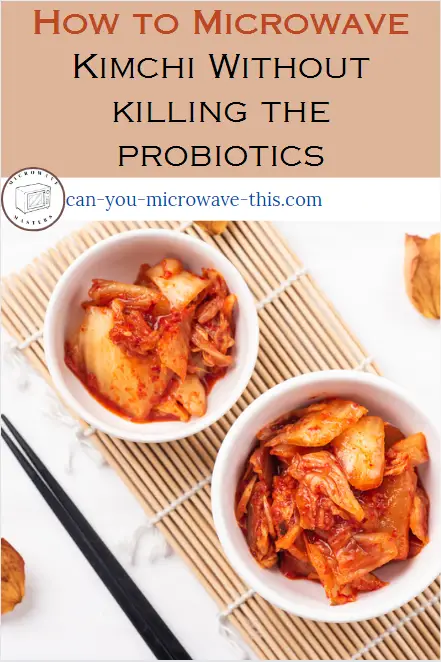
Frequently Asked Questions
Can you heat up kimchi?
Yes, you can heat up kimchi. In fact, many people prefer to eat it warm. You can heat it up in a microwave, on the stove, or in the oven. Just be careful not to overcook it, as this can cause it to lose its flavor and texture.
Can you microwave kimchi rice?
Yes, you can microwave kimchi rice. However, you should be careful not to overcook it, as this can cause the rice to become dry and hard. To microwave kimchi rice, simply place it in a microwave-safe dish and heat it on medium heat for 1-2 minutes.
Can you eat kimchi straight from the bag?
Yes, you can eat kimchi straight from the bag. However, it is important to note that kimchi is a fermented food, which means that it contains live bacteria. While these bacteria are generally safe to eat, some people may experience digestive issues if they consume too much kimchi at once.
Can kimchi be cooked?
Yes, kimchi can be cooked. In fact, there are many Korean dishes that use kimchi as an ingredient, such as kimchi stew and kimchi fried rice. However, it is important to note that cooking kimchi can cause it to lose some of its health benefits, as the heat can kill off some of the beneficial bacteria.
Does kimchi go bad?
Yes, kimchi can go bad. While kimchi is a fermented food that can last for several months if stored properly, it can still spoil if it is not stored correctly or if it is left out at room temperature for too long. Signs that kimchi has gone bad include a sour smell, a slimy texture, or a moldy appearance.
Is kimchi good for you?
Yes, kimchi is good for you. Kimchi is a fermented food that is rich in beneficial bacteria, which can help to improve digestion and boost the immune system. Additionally, kimchi is low in calories and high in fiber, making it a healthy addition to any diet. However, it is important to note that kimchi is also high in sodium, so it should be consumed in moderation.
Related Posts:

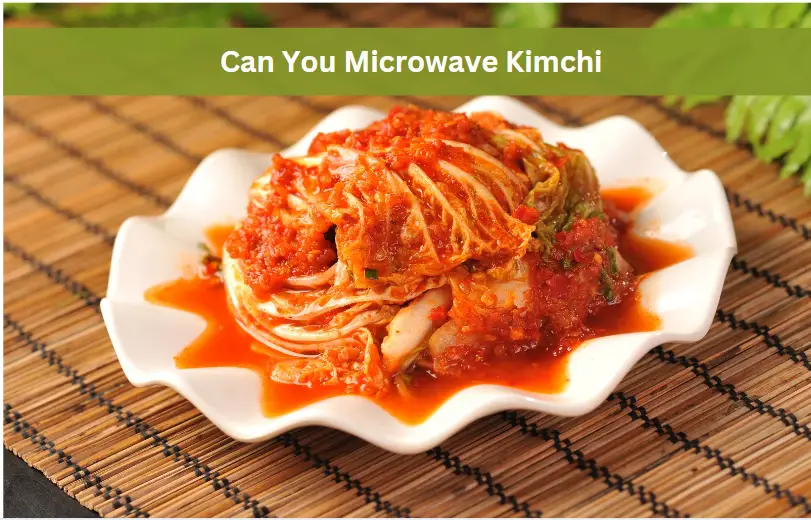


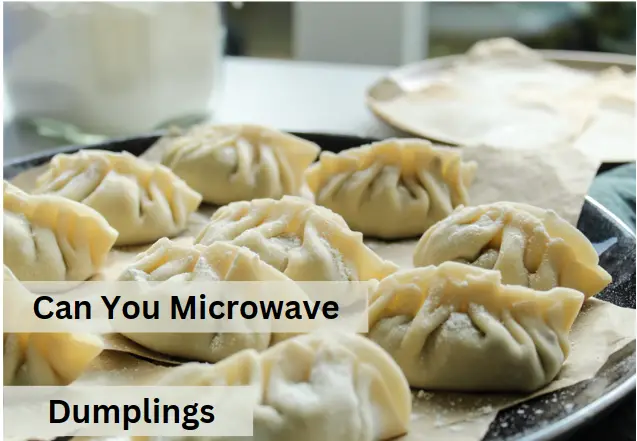


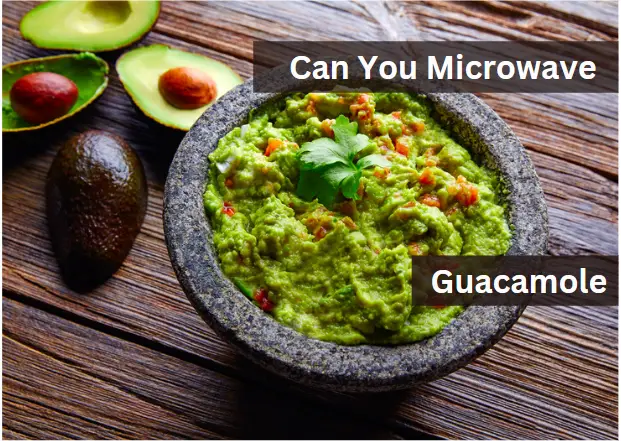

Hi, this is a comment.
To get started with moderating, editing, and deleting comments, please visit the Comments screen in the dashboard.
Commenter avatars come from Gravatar.